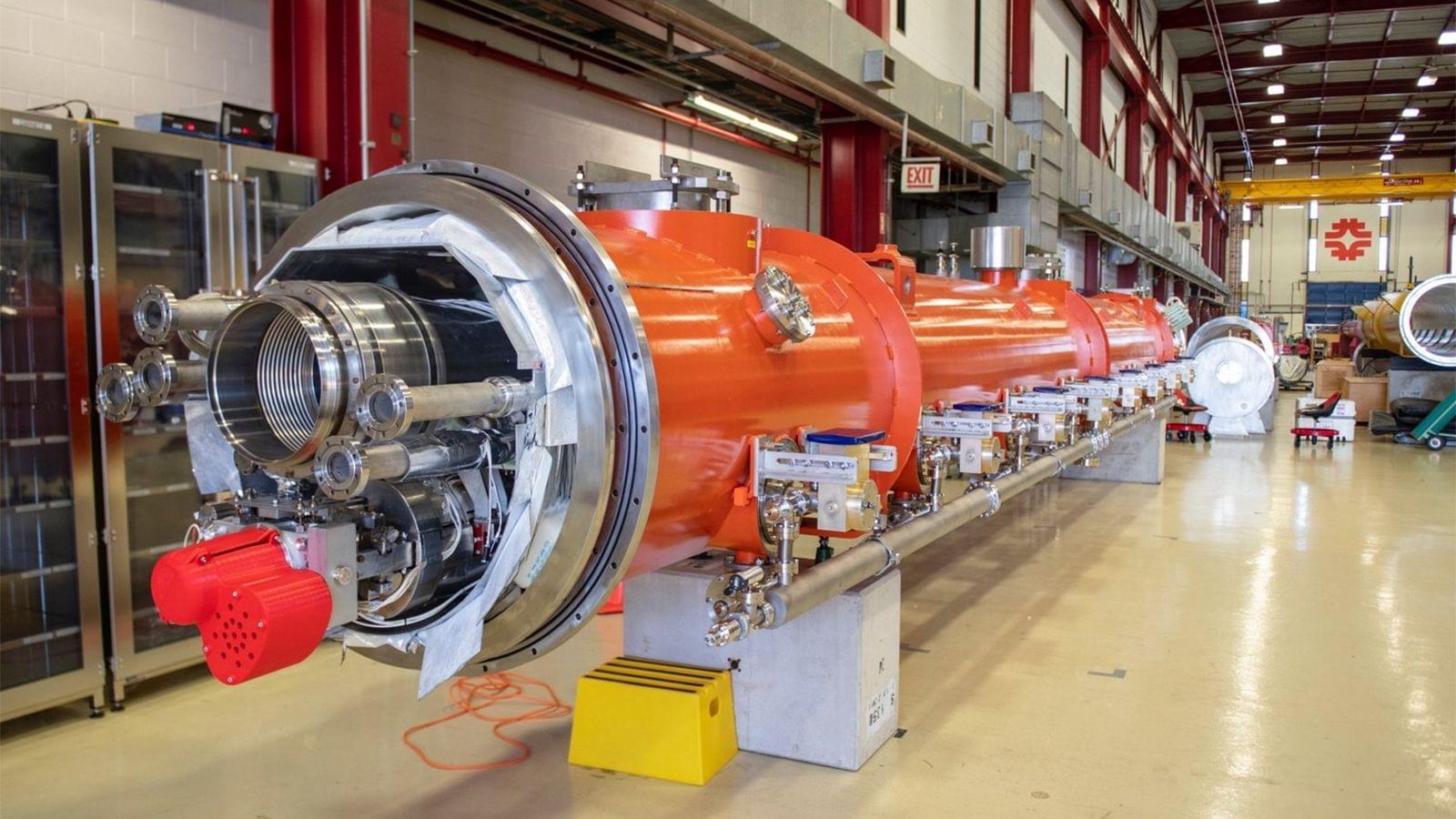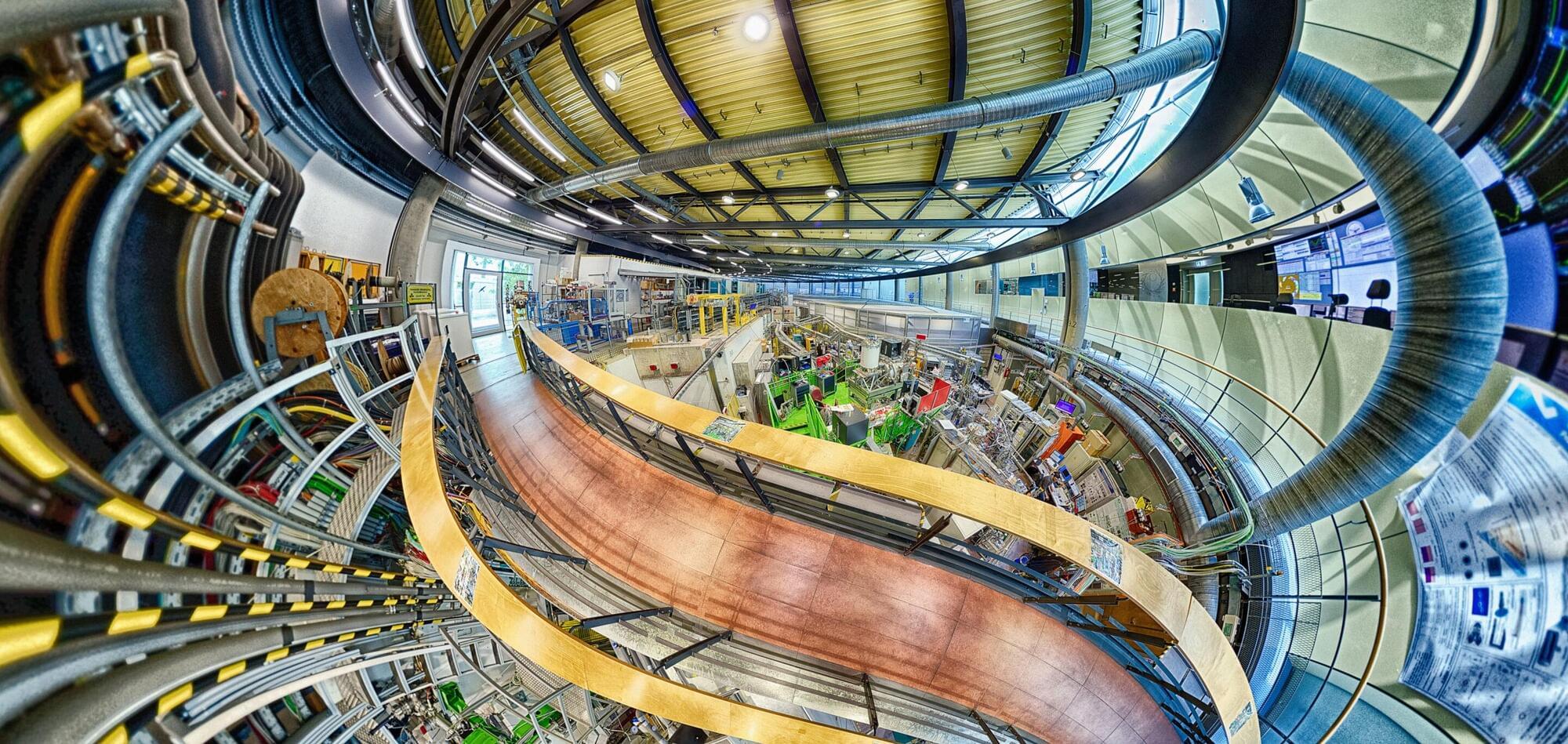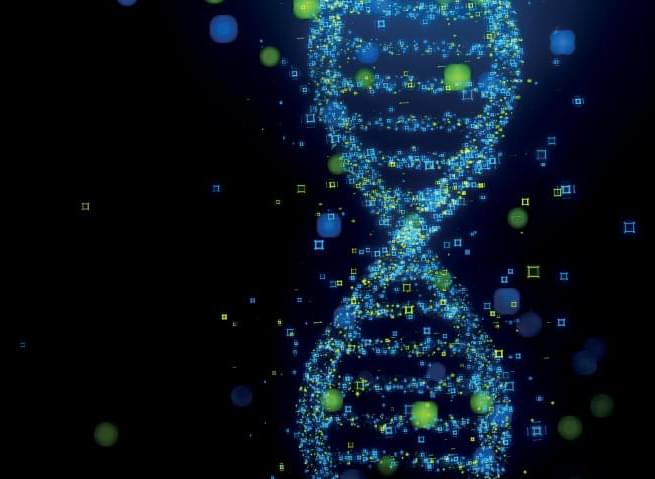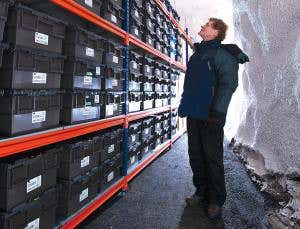A new computational breakthrough may reshape how enormous, flowing architectural structures are designed.



XLight, a U.S.-based startup developing an EUV light source based on a particle accelerator, on Tuesday signed a Letter of Intent (LOI) with the U.S. Department of Commerce for $150 million in proposed federal incentives under the CHIPS and Science Act. xLight came out of the blue earlier this year when it hired Pat Gelsinger, former chief executive of Intel, as executive chairman. The money, if awarded, will be used to bring xLight’s free-electron laser (FEL) based light source closer to reality once it is built in Albany and its viability is proven in practice.
“With the support from the [Department of] Commerce, our investors, and development partners, xLight is building its first free-electron laser system at the Albany Nanotech Complex, where the world’s best lithography capabilities will enable the research and development that will define the future of chip manufacturing,” said Nicholas Kelez, CEO and CTO of xLight.

Synchrotron radiation sources generate highly brilliant light pulses, ranging from infrared to hard X-rays, which can be used to gain deep insights into complex materials.
An international team has published an overview of synchrotron methods for the further development of quantum materials and technologies in the journal Advanced Functional Materials.
Using concrete examples, they show how these unique tools can help to unlock the potential of quantum technologies such as quantum computing, overcome production barriers and pave the way for future breakthroughs.



Year 2015 face_with_colon_three
IF YOU must preserve messages for people in the far future to read, Blu-ray discs and USB sticks are no good. For real long-term storage, you want a DNA time capsule.
Just 1 gram of DNA is theoretically capable of holding 455 exabytes – enough for all the data held by Google, Facebook and every other major tech company, with room to spare. It’s also incredibly durable: DNA has been extracted and sequenced from 700,000-year-old horse bones. But conditions have to be right for it to last.



Researchers at the University of Twente and Utrecht University demonstrated for the first time that quantum states in the ultra-narrow material germanene can be switched on and off using only an electric field. The researchers were able to vary the electric field strength very precisely, causing the special ‘topological’ states in nanoribbons to disappear or appear.
The research, titled “Electric-Field Control of Zero-Dimensional Topological States in Ultranarrow Germanene Nanoribbons,” is published in Physical Review Letters.
Quantum computers will not use zeros and ones, but instead use quantum bits that can assume both states simultaneously. In theory, this makes them superfast and powerful, but in practice, building quantum bits is an enormous challenge: they are very sensitive to noise and quickly lose their information.

Quantum computers will be able to assume highly complex tasks in the future. With superconducting quantum processors, however, it has thus far been difficult to read out experimental results because measurements can cause interfering quantum state transitions.
Researchers at Karlsruhe Institute of Technology (KIT) and Université de Sherbrooke in Québec have performed experiments that improve our understanding of these processes and have shown that calibrating the charge at the qubits contributes to fault avoidance.
Their findings have been published in Physical Review Letters.